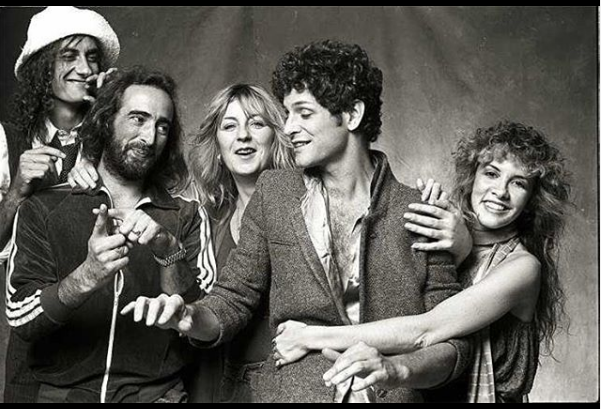Six years prior to the addition of Lindsey Buckingham and Stevie Nicks, Fleetwood Mac were at the height of their early career in 1969. After John Mayall’s Bluesbreakers split up, Green, Mick Fleetwood on drums, John McVie on bass, and Danny Kirwan on guitar established their own group.
Lennon asks his band members about Fleetwood Mac’s appearance on Late Night Live during Part 2 of Jackson’s documentary, Get Back. “They’re so sweet, man,” he said. “And their lead singer’s [Peter Green] great. You know, looks great, and he sort of sings quiet as well. He’s not a shouter.” Paul McCartney concurred and compared their sound to Canned Heat. “Yeah, but better than Canned Heat,” Lennon argued.
It appears that Lennon was an early Fleetwood Mac devotee. Peter Green’s serene blues arrangement in “Albatross” inspired him to create “Sun King,” which was included on side two of Abbey Road in 1969. He chose to employ a similar arrangement.
Lennon subsequently referred to “Sun King” as “a piece of garbage I had around,” although at the period, it was the result of his obsession for Green. Here Comes the Sun King was the song’s original title, but Lennon altered it to “Sun King” to prevent any confusion with George Harrison’s “Here Comes the Sun,” which can be found a few songs earlier on Abbey Road.
“We just started joking, you know, singing ‘Quando para mucho,’” In 1969, John commented on the multilingual lyrics. “So we just made up… Paul knew a few Spanish words from school, you know. So we just strung any Spanish words that sounded vaguely like something,” Lennon said in a 1969 radio interview. “We did the introduction, we call it the ‘Sun riff,’ the little instrumental bit that’s like Fleetwood Mac before we start singing, and we did it again at the end, so we are able to sing it to make them different, you know, so it wasn’t just the same riff.”

